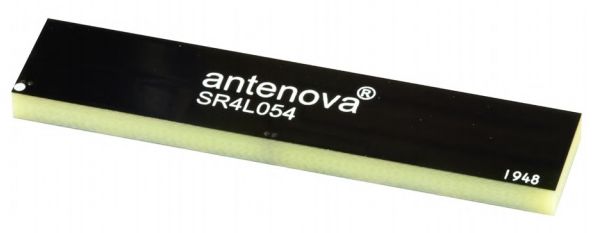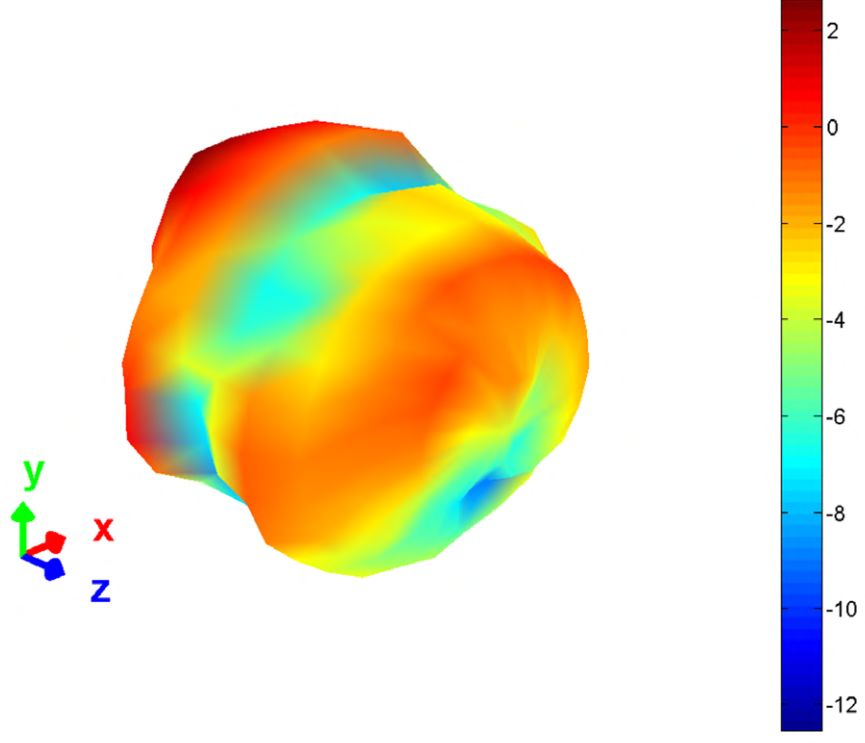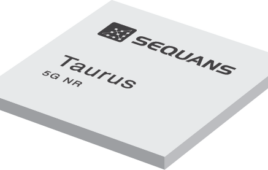The Lepida S4L054 from Antenova mounts on a PCB like any other SMT component.
Devices that connect to 5G and LTE networks need antennas. U.K.-based Antenova’s Lepida S4L054 is an SMT device that mounts directly on your PCB.
 Measuring 50.6 mm × 10.6 mm × 3.3mm, the antenna is suited for devices such as 5G routers, smart meters, remote monitors, aerospace devices, and automotive devices.
Measuring 50.6 mm × 10.6 mm × 3.3mm, the antenna is suited for devices such as 5G routers, smart meters, remote monitors, aerospace devices, and automotive devices.
It covers the FR1 frequencies used for cellular communications by supporting the following cellular frequency bands:
- 617 MHz to 698 MHz
- 698 MHz to 798 MHz
- 824 MHz to 960 MHz
- 1710 MHz to 2170 MHz
- 2300 MHz to 2400 MHz
- 2500 MHz to 2690 MHz
- 3300 MHz to 3800 MHz
The da tasheet specifies antenna patterns for each frequency band.
tasheet specifies antenna patterns for each frequency band.
The S4L054 antenna has a 50 Ω impedance and requires a matching circuit to properly tune it to your application. The circuit may consist of up to six passive components — resistors, inductors, and capacitors — five of which connect between your power amplifier and the antenna’s feed pin, with possibly one resistor to RF ground. The datasheet provides component values for use with a reference board.





Tell Us What You Think!